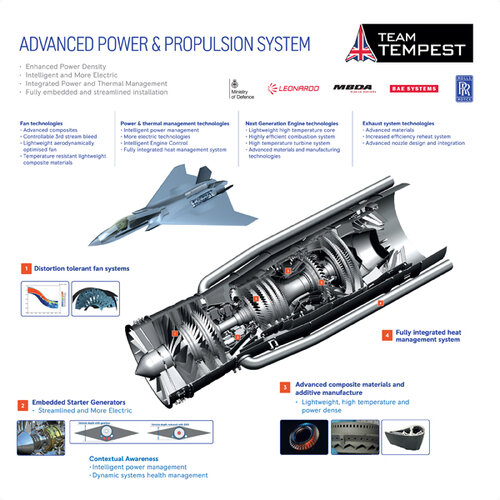Global Conventional Strike The structure of the Air Force currently emphasizes relatively large inventories of short-range, multi-role, crewed aircraft and a small fleet of longer-range, higher-payload crewed aircraft. By 2050, this balance is likely to shift to greater reliance on stand-off aircraft and weapons even though just adding greater range is no guarantee of resilience in the future. While there is no stand-off platform currently in development after the B-21, one could be initiated in the next decade or so and be fielded by 2050. It is also possible that B21 production may be increased substantially above current projections. Another nearer-term possibility is to provide stand-off weapon release from transport aircraft, which has already been demonstrated. Longer-range strike aircraft offer the United States the ability to easily shift combat power from one theater to another and deliver stand-off weapons at reasonable scale. Given current trends in potential adversary counterair weapons engagement zone distances, even long-range bombers carrying stand-off weapons may be vulnerable to anti-air missile threats between now and 2050. As a result, a means to provide adequate survivability features, or tactics, techniques, and procedures, and, potentially, novel platform designs, may have to be developed as well.




